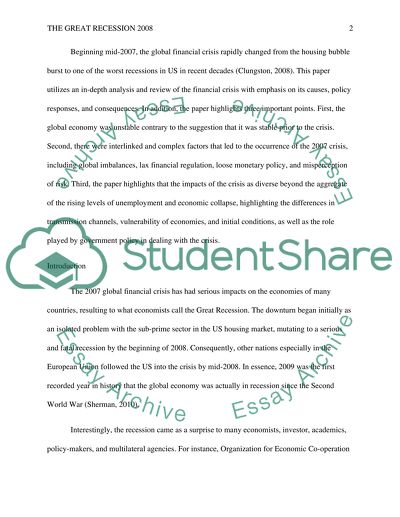Cite this document
(“The Great Recession 2008 Term Paper Example | Topics and Well Written Essays - 3000 words”, n.d.)
Retrieved from https://studentshare.org/macro-microeconomics/1395918-the-great-recession-2008
Retrieved from https://studentshare.org/macro-microeconomics/1395918-the-great-recession-2008
(The Great Recession 2008 Term Paper Example | Topics and Well Written Essays - 3000 Words)
https://studentshare.org/macro-microeconomics/1395918-the-great-recession-2008.
https://studentshare.org/macro-microeconomics/1395918-the-great-recession-2008.
“The Great Recession 2008 Term Paper Example | Topics and Well Written Essays - 3000 Words”, n.d. https://studentshare.org/macro-microeconomics/1395918-the-great-recession-2008.


